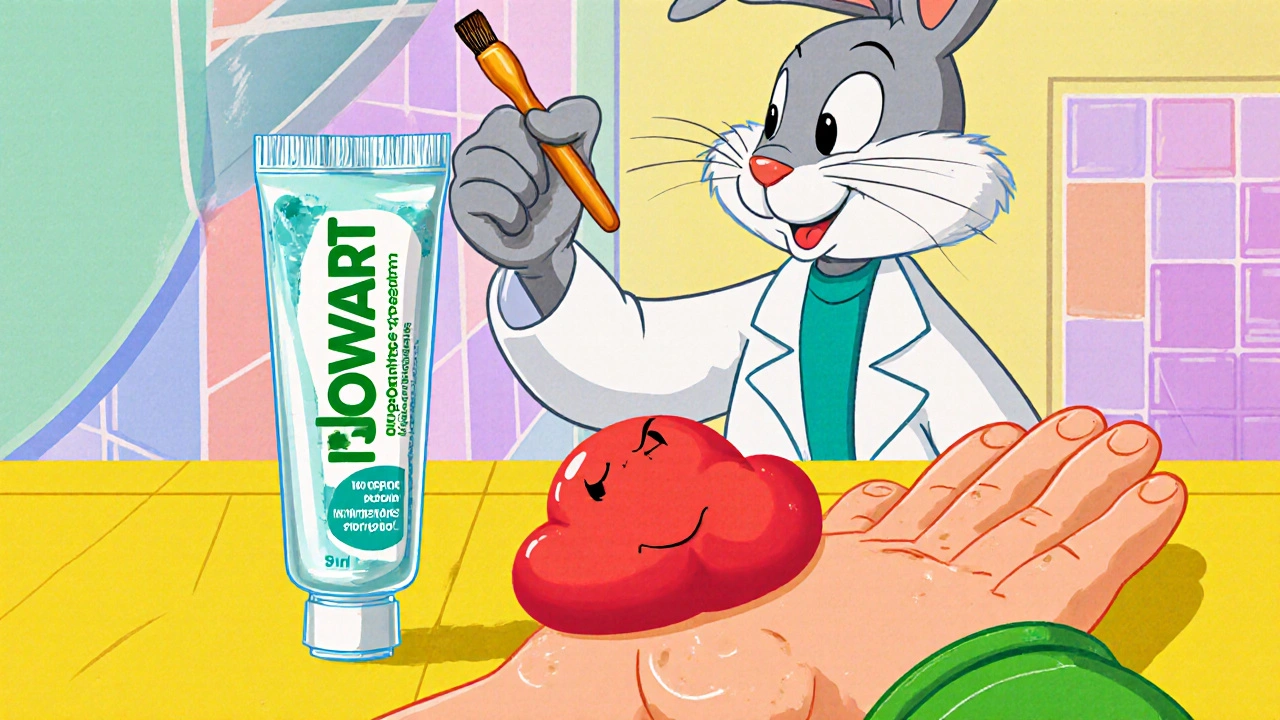Podophyllum Resin
When working with Podophyllum resin (podophyllin) is a sticky, plant‑derived extract rich in the lignan podophyllotoxin used in dermatology and oncology. Podophyllum resin has been a staple for treating common warts and certain skin cancers for decades.
Podophyllotoxin is the active lignan that disrupts microtubule formation, stopping cell division is the key driver behind the resin’s therapeutic power. Because it blocks mitosis, doctors use it as a form of topical chemotherapy, a local treatment that targets abnormal skin cells without systemic exposure especially for basal cell carcinoma and precancerous lesions. The drug works best when applied in low concentrations, minimizing irritation while still knocking out abnormal cells.
Key Topics Covered
For viral warts caused by HPV, the resin acts like a chemical peeler. By causing controlled damage to the wart tissue, it triggers an immune response that clears the infection. This method is often chosen when cryotherapy isn’t an option or when lesions appear on sensitive areas such as the face.
Podophyllum resin belongs to a broader class of plant‑derived alkaloids, naturally occurring compounds that can be both medicine and poison. While the therapeutic dose is low, the margin between effective and toxic is narrow. Over‑application can lead to systemic toxicity—nausea, bone marrow suppression, even organ failure. That’s why health authorities require a prescription and strict dosing guidelines.
In many countries, the resin is regulated as a prescription‑only medication. Pharmacists often compound it in a controlled environment, testing each batch for potency. Patients are advised to follow a short‑term regimen, typically 2‑3 applications spaced a week apart, and to watch for signs of excessive redness, ulceration, or systemic symptoms.
The resin contains podophyllotoxin, which inhibits microtubule assembly; this inhibition leads to cell‑cycle arrest, making the resin effective for topical chemotherapy. Additionally, the resin requires careful dosing because its toxicity affects bone marrow and liver function. Understanding these relationships helps clinicians balance benefits and risks. Below you’ll find articles that dive deeper into dosage tips, safety checks, comparative studies with other wart treatments, and the latest research on anticancer applications.
